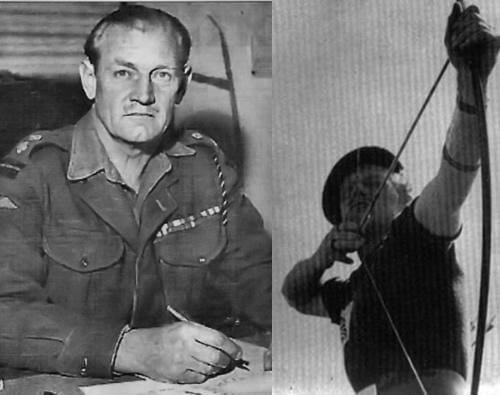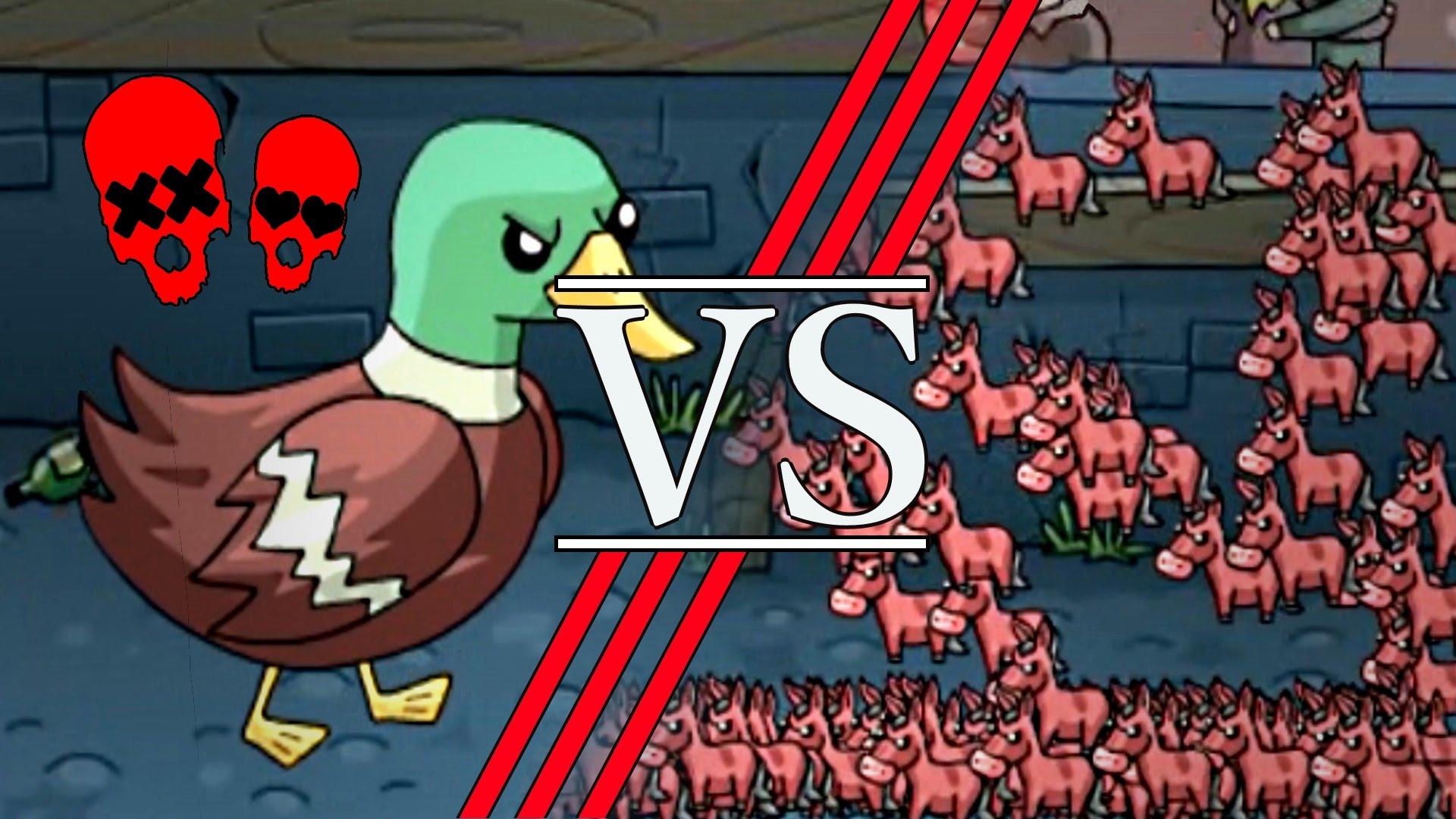5 Easy Ways to Write an Irresistible Introduction
“If you really want to hear about it, the first thing you’ll probably want to know is where I was born, and what my lousy childhood was like, and how my parents were occupied before they had me, and all that David Copperfield kind of crap, but I don’t feel like going into it, if you want to know the truth.”
So begins J.D. Salinger’s iconic novel, Catcher in the Rye, arguably one of the finest opening sentences of any American novel ever written.

I’m not here to talk Salinger or the writing life or the greats of 20th century American literature. This is a marketing blog, not a book club.
I am, however, going to talk about introductions https://www.heroesfire.com/profile/silverpanda/bio, and how to write them well.
We hear a great deal of talk about the importance of headlines, but much less is said about the value of a great introduction. Sure, you need a tempting headline to catch your reader’s eye, but without a strong, compelling introduction, the best headline ever written won’t save you.
In this post, we’ll take a look at five of the many different ways you can open a blog post, article, interview, white paper – pretty much anything with words. This is by no means a comprehensive or definitive list; there are almost as many ways to introduce your writing as there are ways to write. There are, however, some general techniques that lend themselves well to marketing copy that can be extraordinarily effective.
Introduction #1: The Quote
I chose to open this post with a quote not because I’m a fan of Catcher in the Rye. Truth be told, I’m not the biggest Catcher fan (despite my personal appreciation for Salinger’s immense literary talent and commitment to being a hardcore recluse).

The real reason I chose to open with that quote is because introductory quotes are a lazy but highly effective way of grabbing your reader’s attention without doing any real work – especially when the quote in question has a negative or otherwise memorable tone, as Salinger’s (or rather, his protagonist Holden Caulfield’s) does.
Before you’ve even read the quote in its entirety, you’re already wondering what was so lousy about the quoted individual’s life, or what “all that David Copperfield crap” really means and why the person being quoted doesn’t really feel like going into it.
Why Is This Type of Introduction So Effective?
Before we get into why this technique is so effective, it’s worth mentioning that opening with a quote only works well if the quote itself is interesting. There’s no point using a quote as your introduction if it’s something boring or predictable.

Aside from the quote itself, which should ideally be as attention-grabbing as possible, the fact that quotation marks are used indicates – obviously – that a specific individual said those words. It may not sound like it, but this can be very enticing to the reader, encouraging them to read on to see who said it. This is especially true if the quote is controversial or contrarian.
Let’s say you’re writing a piece about the potential impact of artificial intelligence on human society. Sure, you could open with a bland, generic introduction about how AI and technology have revolutionized the world as we know it, but you could also let someone else do the talking for you.
“With artificial intelligence we are summoning the demon. In all those stories where there’s the guy with the pentagram and the holy water, it’s like – yeah, he’s sure he can control the demon. Doesn’t work out.”

The quote above is one of many such memorable insights offered by technologist Elon Musk about the potentially existential threat posed by AI. Yes, it’s a little sensationalist – Musk certainly knows how to leverage provocative language to great effect – but it’s also a lot more interesting than most of the introductions I’ve read in articles on the topic. (Note that this particular quote was not used as an introduction in any piece I’ve found or read on the topic, and is used solely for illustrative purposes.)
It’s worth noting that this technique can be a little tricky or unorthodox within the context of established journalistic conventions. As anyone who’s ever worked with me as an editor could tell you, I’m a stickler for the correct attribution of quotes, which demands that, in most cases, the person being quoted should be identified after the first complete sentence. If we follow this convention (which we should, unless we have a very good reason not to), our example quote from Musk (with additions italicized) would read:
“With artificial intelligence we are summoning the demon,” Elon Musk said during an interview at MIT’s AeroAstro Centennial Symposium in 2014. “In all those stories where there’s the guy with the pentagram and the holy water, it’s like – yeah, he’s sure he can control the demon. Doesn’t work out.”

Don’t mess around with artificial intelligence or arcane demonic rituals.Image via .
Unfortunately, if we (correctly) identify Elon Musk as the quoted individual after the first complete sentence, this introductory technique loses most, if not all, of its impact.
Notice how Salinger’s opening quote from Catcher in the Rye is a single sentence? This allowed me to include it without worrying about correctly attributing the quote as I would have if I’d used Musk’s quote as my intro. If in doubt, talk to your editor – they’ll thank you for it later.
Introduction #2: The Statistic or Fun Fact
Did you know that the first American movie to show a toilet being flushed on-screen was Alfred Hitchcock’s 1960 psychological horror classic, Psycho?

Everybody loves trivia, and even if you’re a hardcore Hitchcock fan, you might not have known the fun fact above.
This technique is another powerfully effective way to grab your reader’s attention from the outset. It’s also one of the most commonly used introductions in a lot of marketing writing. This makes sense; it establishes the general topic of the piece in a fun way and offers the reader something snappy and memorable.
However, the real reason using facts or statistics as an introduction works is because it pushes our emotional buttons.
Why Is This Type of Introduction So Effective?
When it comes to content, whether a 500-word blog post or a 4,000-word long-form journalistic feature, some emotional triggers are more effective than others. In particular, there’s a scientific principle known as the von Restorff effect (named for the German pediatrician Hedwig von Restorff who first wrote of the phenomena in the early 1930s) which states that people tend to remember unusual things much more effectively than routine, expected things.

This is an extension of our natural survival instincts; our brains are wired to perceive strange or unusual things as potential threats, making them much more memorable as whatever strange thing we’re fixated on might kill us. It’s also why, if you don’t take much else away from this post, I can practically guarantee that you’ll remember the Psycho toilet-flushing fact, which you can and should use to impress your friends at your next get-together at the pub.
Here at WordStream, we use this technique a great deal, and not only in introductions. To this day, I still remember that you’re 475 times more likely to survive a plane crash than you are to click on a banner ad – a fact I first included in a post for the WordStream blog back in 2014. Admittedly, I had to look up the publication date of that post, but I didn’t need to double-check the statistic itself because it’s just that memorable.

Take care, however, to select your facts and statistics carefully. In the banner ad example above, this stat isn’t just memorable because of the staggering odds against you clicking on a banner ad, but because it’s framed within the context of surviving a plane crash – a particularly striking hypothetical scenario, and one that aligns closely with the survival instincts I mentioned earlier. Merely tossing in a statistic about how many daily active users Facebook has, for example, will not have the same effect. Just as you should think carefully about the quotes you use in your introductions, choose your statistics with similar care.
Introduction #3: The Classical Narrative
In May of 1940, as war raged across Europe, a squad of infantrymen belonging to the famous Manchester Regiment encroached upon the village of l’Epinette in northern France.
Both German and Allied forces sought to capture the strategically located village, and the Manchester Regiment came under heavy fire from the Nazi soldiers. The squadron eventually managed to pin down the Nazis with suppressing fire, and as the German soldiers took cover behind the low wall of a farmhouse, one of the Germans cried out. His commanding officer glanced over at the dying soldier, believing him to be shot, only to see a long, feathered arrow protruding from the man’s chest.

The Nazi soldier had been killed by the improbably yet fantastically named John Malcolm Thorpe Fleming Churchill, also known as “Mad Captain Jack” Churchill, the only soldier known to have carried a longbow – and an authentic claymore sword – into battle during World War II. Churchill held a deep appreciation of his Scottish heritage, and when asked why he carried such a large, antiquated weapon into battle, Churchill respectfully replied that, in his opinion, “any officer who goes into action without his sword is improperly dressed.”
As much as I’d love to tell you more about Mad Jack Churchill – and unbelievably, there’s plenty more to tell – I used this tale as an example of how employing a classical narrative in your introductions can be extraordinarily powerful. Granted, this particular example as I’ve presented it isn’t technically a true narrative; it has a beginning (the approach of the Manchester Regiment upon l’Epinette) and rising action (Churchill killing a Nazi soldier with a bow and arrow), but it lacks a real ending. Still, hopefully you see what I’m getting at with this example.
Why Is This Type of Introduction So Effective?
Simply put, traditional stories work so well as introductions because, as human beings, we’re hardwired to respond to stories. Far from mere entertainment, stories served humanity for millennia as cautionary tales and a means of survival, and even today, with all our technology and knowledge, a good story told well is still one of the most gripping forms of entertainment we know.

Just as a good novel draws you in from the outset and keeps you reading, using a traditional narrative as an introduction offers all of the same benefits to your piece. This technique allows you to introduce one or more characters – in our example, Mad Jack Churchill – before moving on to the dramatic rise that every good story has. This grabs the reader’s attention immediately, and if done well, can serve as an almost irresistible hook for the rest of the piece.
Introduction #4: The Question
If you had to, would you rather fight a single, horse-sized duck, or 100 duck-sized horses?

Asking questions can be a powerfully effective technique in introductions. It poses a hypothetical scenario to the reader and invites them to imagine their response and relate their own lived experience to the material that follows. From the outset of your piece, you’re engaging the reader by asking them to apply their own judgment or opinion to the topic at hand – in our example, preferential combat with an improbably large duck or a small army of improbably tiny horses.
Why Is This Type of Introduction So Effective?
Posing questions to your readers in your introduction is an effective technique precisely because you’re inviting your reader to think about a highly specific scenario. This technique is similar to the use of statistics or facts in introductions; by asking questions of your audience, you’re providing them with a potentially memorable situation and inviting them to consider their perspective on the issue. For example, I’d personally rather fight 100 duck-sized horses than a single, menacing horse-sized duck.
However, this technique is not without its pitfalls. Firstly, this method has been thoroughly exploited by thousands of clickbait publishers as a lazy way to entice people to click through from a question-based headline to an inevitably disappointing article. Whether the question is posed in the headline or the introduction, many people are understandably fatigued by and wary of questions in content.
Secondly, there’s the problem of structure. In my waterfowl combat example above, there’s no “correct” answer. This means the question is virtually impossible to conclusively answer, which can lead to disappointment in your reader, especially if you pose a question that they expect the rest of the piece to answer. This blog post about conversion rates is a great example. Larry asks a question of the reader in the headline, and the rest of the article answers and supports that question with data and logical, scientific reasoning. Now imagine if he had asked the question yet failed to answer. How would this make you feel as a reader?
Introduction #5: Setting the Scene
By 2017, the world economy has collapsed. Food, natural resources, and oil are in short supply. A police state, divided into paramilitary zones, rules with an iron hand.
Although this introduction could aptly describe our current geopolitical nightmare, it’s actually the introductory text from Paul Michael Glaser’s 1987 cinematic adaptation of Stephen King’s disturbingly prescient short story, The Running Man (which King wrote under his Richard Bachman pseudonym, before you hardcore King fans yell at me).
This technique is known as setting the scene, and it can be a highly effective way of drawing your reader into your piece. (If you’re interested, David Hogan’s 1996 action movie Barb Wire also came surprisingly close with its speculative take on what a dystopian 2017 might look like.)
Why Is This Type of Introduction So Effective?
This introductory technique is similar to the narrative example, in that the writer sets the stage for not only what is happening at the outset of the piece, but for what the reader can expect to follow. This method can be incredibly powerful when dealing with emerging topics or subjects with strong newsworthy elements.
Editorially, this technique offers many benefits to the writer. It allows you to choose and establish a clearly defined position on an issue, and enables you to quickly assume a contrarian stance on contentious topics. It also allows you to manipulate the emotions of your readers by summarizing and highlighting the positive or negative aspects of a story how you see fit, or to support the points you want to make.
Stylistically, this introduction can be structured similarly to narrative introductions – by telling a self-contained story at the outset of the piece before transitioning into the rest of the content – or by helping the reader get up to speed quickly on a developing topic they may not be aware of, as many in-depth news reports from Houston in the wake of Hurricane Harvey did. Many reports framed the catastrophic damage caused by Harvey within the wider political contexts of disaster relief funding, contentious proposed cuts to scientific research, and the volatile political climate that surrounds emergency management in crisis-prone regions such as the southern and southeastern United States.
A well-written introduction setting the scene can help your readers quickly understand why what you’re about to say is important, as well as giving them a solid grounding in the often highly nuanced background information essential to understanding complex, multifaceted issues.
Introduce Yourself
Hopefully you’re spending plenty of time coming up with catchy headlines for your content. I hope that you now have a greater appreciation for the value and importance of a solid introduction, too.
Next time you sit down to write, spare a thought for the daring bravery of Mad Jack Churchill charging into battle with his longbow and claymore like a Viking warrior – then ask whether your intro would make Mad Jack proud.
